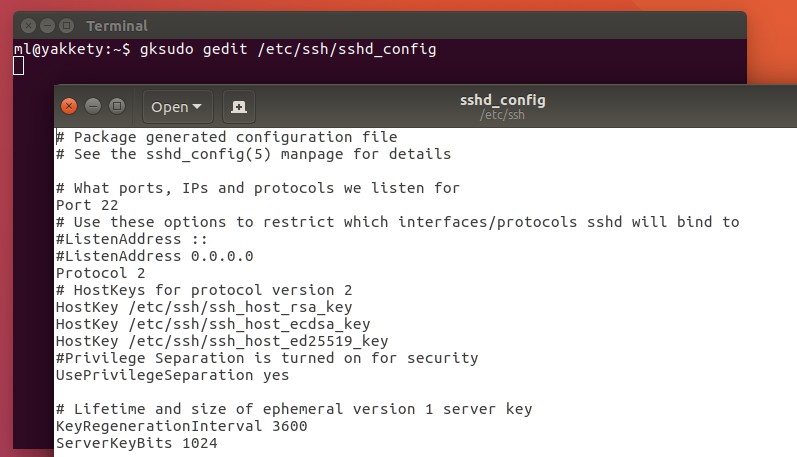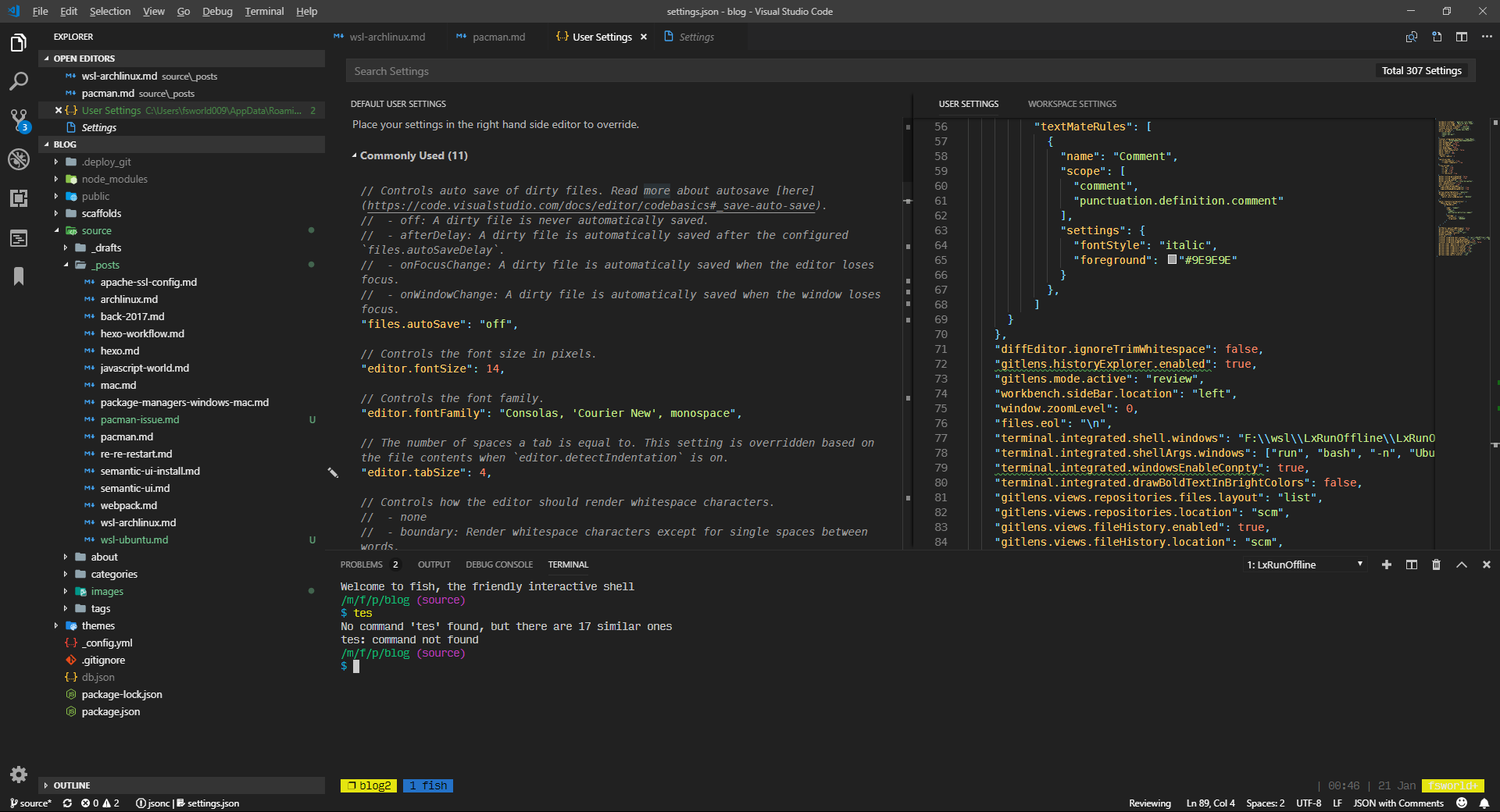
Fortunately, Midnight Commander also supports mouse input on most terminal emulators (and on the console if the gpm package is installed), so it’s easy to pick up the basics. This makes Midnight Commander a bit challenging to learn. This area is used to display supplemental information about the currently selected item such as the targets of symbolic links.īeing a character-based application with a lot of features means Midnight Commander has a lot of keyboard commands, some of which it shares with other applications others are unique. This will change the directory shown in the current directory panel.Īt the very bottom of the directory panel and above the command line is the mini-status line. One especially useful command is cd followed by a directory pathname. Commands can be entered in the usual manner. Just above the function key labels there is a shell prompt. These can be activated by pressing the F9 key. The top line of the display contains a set of pull-down menus. The bottom line on the display contains function key (F1-F10) shortcuts to the most commonly used functions.

To change which panel is the current panel, press the Tab key. One of the two panels (called the current panel) is active at any one time.

The center portion of the screen is dominated by two large directory panels. Screen Layout Midnight Commander screen layout To start Midnight Commander, enter the command mc followed optionally by either 1 or 2 directories to browse at start up.
Edit text file in terminal ubuntu software#
It is installed by default in some Linux distributions, and is almost always available in every distribution’s software repositories as the package “mc”. Midnight Commander is part of the GNU project. zip) as though they were local directories.Īllows creation of a user-defined “hotlist” of frequently used directories.Ĭan search for files based on file name or file contents, and treat the search results like a directory.
Edit text file in terminal ubuntu archive#
Performs all the common file and directory manipulations such as copying, moving, renaming, linking, and deleting.Īllows manipulation of file and directory permissions.Ĭan treat remote systems (via FTP or SSH) as though they were local directories.Ĭan treat archive files (like. Midnight Commander is quite powerful and boasts an extensive set of features: Midnight Commander can do this, and much, much more.

The idea is that files are moved or copied from the directory shown in one pane to the directory shown in the other. The design of Midnight Commander is based on a common concept in file managers: dual directory panes where the listings of two directories are shown at the same time. In this adventure we will look at Midnight Commander, a character-based directory browser and file manager that bridges the two worlds of the familiar graphical file manager and the common command line tools.

While many common file manipulations are easily done with a graphical file manager, the command line tools provide additional power and flexibility. Previous | Contents | Next Midnight CommanderĪt the beginning of Chapter 4 in TLCL there is a discussion of GUI-based file managers versus the traditional command line tools for file manipulation such as cp, mv, and rm.


 0 kommentar(er)
0 kommentar(er)
